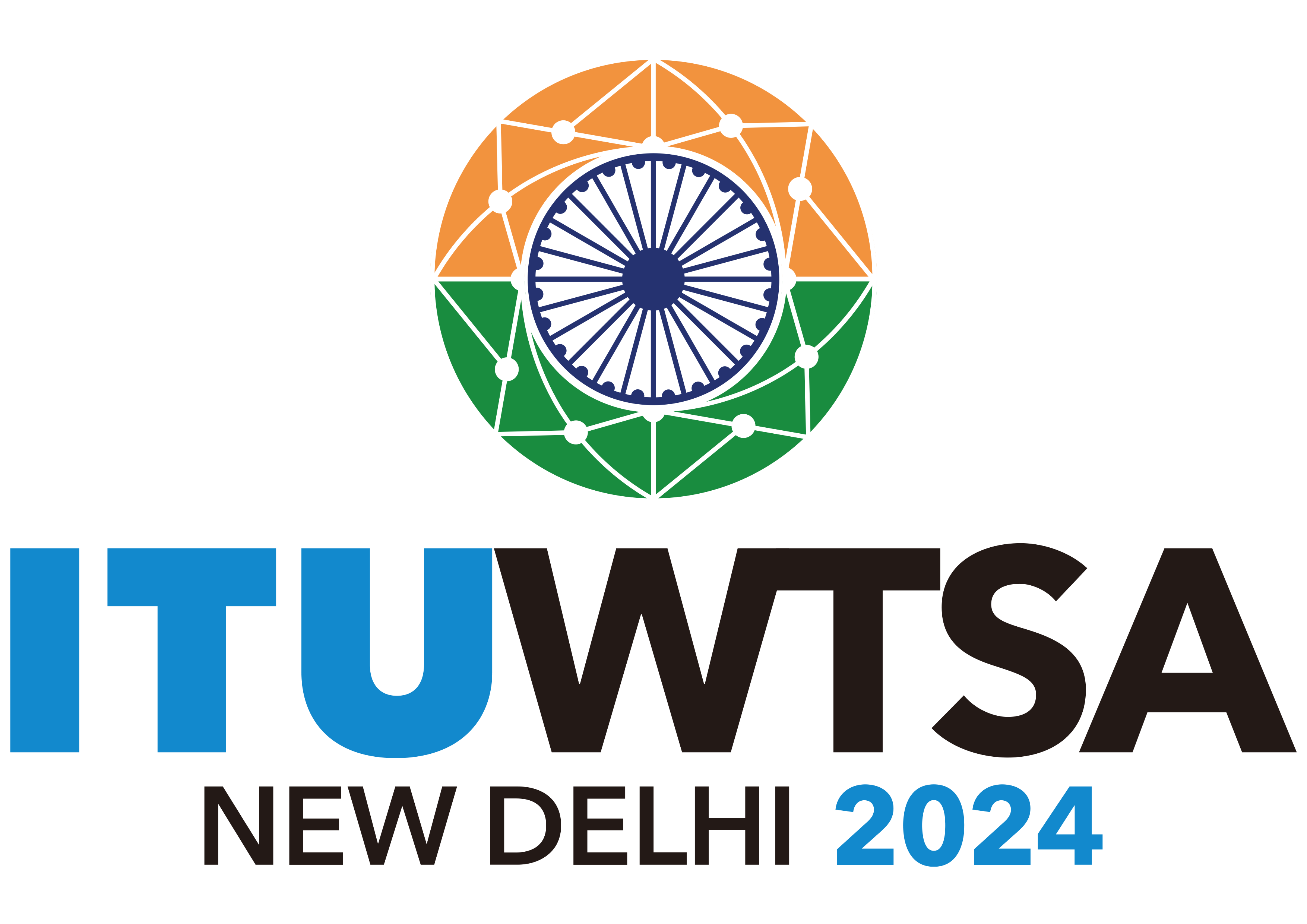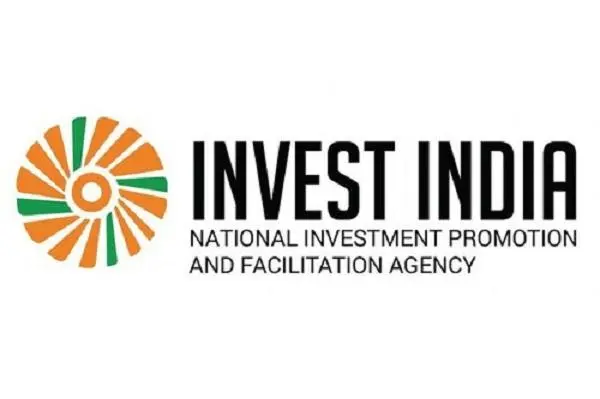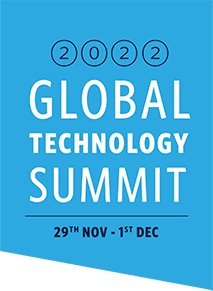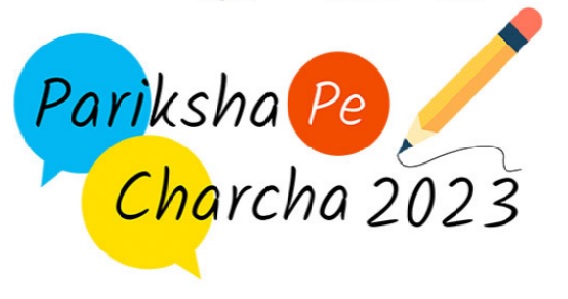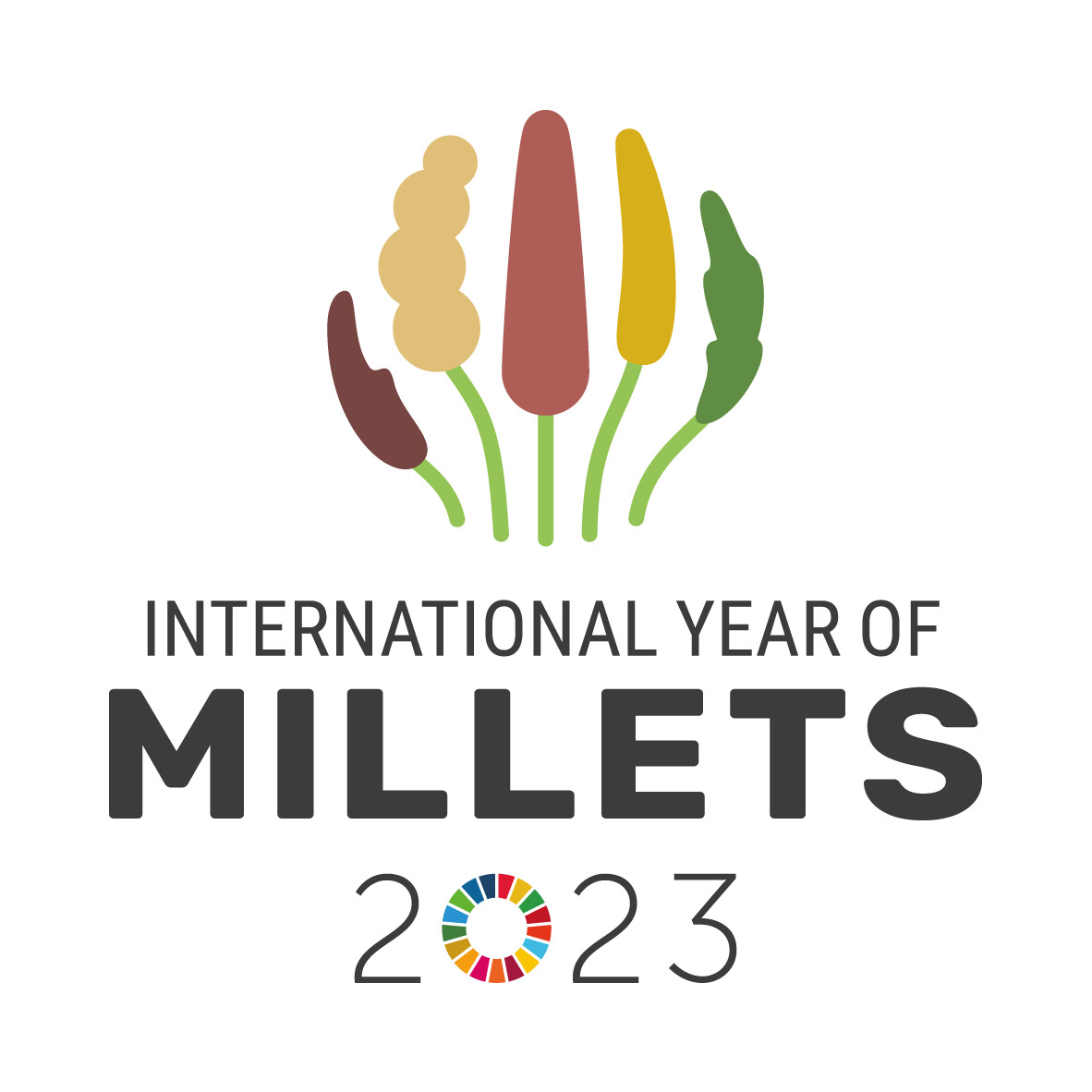Embassy of India
Seoul
*****
Brief on India-Korea Economic and Commercial Relations
1.Overview: The trade and economic relations between India and Republic of Korea (Korea) have gathered momentum in recent years with annual bilateral trade reaching US$23.7 billion in 2021 (as per data from Korea International Trade Association), highest ever bilateral trade figure till now. The bilateral Comprehensive Economic Cooperation Agreement (CEPA), set in place since 2010, has spurred the trade and investments both ways. In 2021, Korea’s investment to India recorded US$218 million. Korea’s total FDI to India from 1980 up to December 2021 stands at US$7.27 billion. Investments from India to Korea are to the tune of approx. US$3 billion led by Tata Daewoo, Ssangyong and Novelis.
Bilateral economic ties received a visible boost from the visit of Prime Minister Narendra Modi to the Republic of Korea from 18-19 May 2015. India and Korea decided to commence negotiations to amend the CEPA, strengthen cooperation on energy, electronics and shipbuilding industries, including setting up of a Joint Working Group for Cooperation on the Shipbuilding sector and another in the field of Electronics Hardware manufacturing. ROK offered to provide US $10 billion financing (development assistance and concessional credit) to India for infrastructure projects. Recognizing the importance of the shipping industry in the bilateral relationship, the PM also visited the Shipyard of Hyundai Heavy Industries in Ulsan. Leaders of both countries addressed the inaugural session of India-Korea CEOs Forum to promote bilateral economic cooperation, while the PM Modi also met the leadership of the top Korean conglomerates. ‘Korea Plus’ desk was created as a single window in India to address all the issues raised by Korean companies as a result of the PM’s visit. State visit of President Moon Jae-in during 10-12 July, 2018 to India has boosted bilateral engagement with a joint vision of people, peace and prosperity. A target of bilateral trade worth $ 50 billion to be achieved by 2030 was set up by Prime Minister Modi and President Moon during this visit. To further strengthen bilateral ties, PM Narendra Modi visited ROK during 21-22 February, 2019 and held a series of bilateral and business engagements. PM Modi unveiled a bust of Mahatma Gandhi at prestigious Yonsei University to commemorate 150th birth anniversary of Mahatma Gandhi during this visit and also accepted the Seoul Peace Prize conferred upon him by Seoul Peace Prize Foundation.
2 Status of Korean Economy and Synergies with India: In less than four decades, Korea has achieved remarkable progress transforming its economy into an export-driven powerhouse. Its GDP has crossed US$1.80 trillion from a mere $ 2.3 billion in 1962, and recorded as the 10th largest in the word according to 2021 GDP. Its per capita income in 2021 was $ 35,618. Services (62.5%), Manufacturing (27.7%), Construction (5.6%), Electricity, gas and water supply (2.0%) and Agriculture (2.0%) were the driving sectors in their economy in 2021. (Source: Bank of Korea). The economic transformation has been achieved despite Korea’s high dependence on import of natural resources including crude oil and essential minerals. Korea became the 29th member country of the Organization for Economic Cooperation and Development (OECD) in 1996. Korea's exports in 2021 increased 25.8 per cent year-on-year to US$ 644.54 billion, the largest amount in three years.
Over 40% of Korea’s trade is with China, USA and Vietnam. Korea’s other major trading partners are Hong Kong, Japan,Taiwan, India, Singapore, and Mexico. Korea is the world’s top 8th largest foreign exchange reserves at $ 437.5 billion in 2021 (Source: Bank of Korea). It has world’s largest shipbuilding industry, and ranks among the top producers of semiconductors and electronic products. A major auto manufacturer, Korea manufactured over 3.5 million vehicles in 2021.
3.India and ROK, having pursued different economic paths for development since their independence, currently share considerable synergies. ROK is an export-driven economy and is drawn by India’s huge market. ROK developed considerable expertise in shipbuilding, steel, nuclear energy, heavy electrical machinery etc. and is keen to invest in India in these areas. Similarly, ROK wants to take advantage of India’s prowess in IT software and to combine it with its expertise in IT hardware, designing, engineering and manufacturing. However, India has to diversify its export market, particularly focusing on high-tech products in addition to primary goods, if it has to penetrate the Korean import market. Even in textiles and garments where India used to have an edge, ROK has closed the gap and is exporting its own finished products to overseas markets. It is encouraging that the two countries are exploring commercial opportunities in space, defense and nuclear energy areas.
4. Bilateral Trade: India’s share in Korea’s global trade was 1.88% in 2021 and India’s contribution in Korea’s global imports increased from 0.78% in 2001 to 1.02% in 2021. India is Korea’s 16th biggest source for imports and 7th biggest export market as of 2021. In the last four decades, the pattern of Korean exports has undergone significant transformation. Exports moved up the value chain from primary goods to light industrial products, to heavy industrial, high-tech and knowledge-based products. One barrier that India faces is Korea’s restrictive policy towards import of primary agricultural products such as fruits and vegetables. These matters are being discussed in the annual CEPA review meetings. There is also a need for diversification of the export products which at present are driven by petrochemical products, mainly Naphtha.
As per statistics published by Korea International Trade Association (KITA), the bilateral trade between Korea and India is as under:
(Amount in million US$)
| Year |
Total trade |
Growth % |
Indian exports to ROK |
Growth % |
ROK Export to India |
Growth% |
|
2007 |
11,224 |
22.35% |
4,624 |
27.03% |
6,600 |
19.3% |
|
2008 |
15,558 |
39.00% |
6,581 |
42.32% |
8,977 |
36% |
|
2009 |
12,155 |
-21.88% |
4,142 |
-37.06% |
8,013 |
-10.7% |
|
2010 |
17,109 |
40.76% |
5,674 |
36.98% |
11,435 |
42.7% |
|
2011 |
20,548 |
20.10% |
7,894 |
39% |
12,654 |
10.7% |
|
2012 |
18,843 |
-8.30% |
6,921 |
-12.3% |
11,922 |
-5.8% |
|
2013 |
17,568 |
-0.07% |
6,183 |
-10.7 % |
11,385 |
-4.5% |
|
2014 |
18,060 |
2.8% |
5,275 |
-14.6% |
12,785 |
12.4% |
|
2015 |
16,271 |
-9.9% |
4,241 |
-19.6% |
12,030 |
-5.9% |
|
2016 |
15,785 |
-2.9% |
4,189 |
-1.2% |
11,596 |
-3.6% |
|
2017 |
15,785 |
26.7% |
4,949 |
18.1% |
15,056 |
29.8% |
|
2018 |
21,491 |
7.4% |
5,885 |
18.9% |
15,606 |
3.7% |
|
2019 |
20,663 |
-3.87% |
5,566 |
-5.40% |
15,097 |
-3.29% |
|
2020 |
16,852 |
-22.61% |
4,900 |
-12.0% |
11,952 |
-20.8% |
|
2021 |
23,659 |
40.39% |
8,056 |
64.41% |
15,603 |
30.55% |
5. Major items of India’s export to Korea are light oils and preparations / oil distillates (mainly naphtha), cereals, iron and steel. Basic materials comprise the bulk of our exports and especially naphtha has emerged as the most important item of India’s export to Korea commanding over 20%. As of December 2021, among the top five items importing from light oils and preparations (HS Code: 27) recorded 1,853 million, sharing 9.7% of the total imports. Unwrought aluminum, not alloyed (HS Code: 76) followed with US$ 1,726 million, ferro-chromium containing by weight more than 4% of carbon (HS Code: 72) with US$193 million and refined lead (HS code: 78) with US$172 million, and agglomerated (HS Code: 26) with US$159 million.
6. Korea’s main exports to India are automobile parts, telecommunication equipment, hot rolled iron products, petroleum refined products, base lubricating oils, nuclear reactors, mechanical appliances, electrical machinery & parts and iron & steel products. Among the top five export items to India, as of December 2021, includes petroleum oils and oils obtained from bituminous minerals, other than crude (HS Code: 27), amounting to US$ 1,151 million and shared 4.4% of the total exports. memories (HS Code: 85) marked US$ 837 million, followed by flat-rolled products of iron or non-alloy steel, of a thickness of 3 ㎜or more but less than 4.75 (HS:72) with US$ 328 million, processors and controllers, whether or not combined with memories, converters, logic circuits, amplifiers, clock and timing circuits, or other circuits (HS Code: 85) with US$ 327 million and polyvinyl chloride, not mixed with any other substances (HS Code: 39) with US$ 313 million.
7. Comprehensive Economic Partnership Agreement (CEPA): Korea and India signed Comprehensive Economic Partnership Agreement in Seoul on 7 August 2009 and was operationalized with effect from 1 January 2010. CEPA is Korea’s first free trade agreement with a member of the BRICS countries. The trade deal, which came after negotiations of more than three years and twelve rounds, commits the two countries to lowering or eliminating import tariffs on a wide range of goods over the next 8 years, and helps expand opportunities for investments and trade in goods as well as services. Korea was to phase out or reduce tariffs on 90 percent of Indian exports while India would phase out or cut tariffs on 85 percent of Korean exports.
8. CEPA classifies about 11,200 tariff lines of Korea and 5,200 tariff lines of India broadly into 6 categories for the purpose of reduction / elimination of tariffs. The categories include those which eliminate tariffs completely on implementation of the agreement and those with annual tariff reduction of 20% or 12.5%, and other categories under which final tariffs will be reduced to 1-5% after 8 years, and an exclusion category which will enjoy no tariff reduction. Most of the agricultural products and textiles, being sensitive to both sides, figure in exclusion category.
9. CEPA has allowed the opening of the services market. In case of India, the sectors covered include telecommunications, construction, distribution (retail excluded), transportation, industrial, accounting, building, real estate, medical treatment and energy distribution, etc. CEPA will also mutually expand job opportunities for computer specialists, engineers, managing consultants and assistant English teachers. In the financial services sector, India agreed for 10 Korean banks to establish branches in India. At present Shinhan Bank has six branches, Woori bank has three branches, and KB bank has one branch. Hana Bank has two branches. NH Bank has recently got the clearance to open it’s maiden branch in India. CEPA allows temporary movement of 163 Indian professionals such as computer programmers and engineers etc. to access Korean services market.
10. During the first year of operation of CEPA in 2010, the bilateral trade between India and Korea increased by 40% to over US $17.11 billion. Indian exports rose by 37% in 2010 while Korean exports increased by 42.7%. In the second year of implementation, i.e., by the end of 2011, the bilateral trade reached US$ 20.55 billion recording a growth of 20.1%. In 2012 the bilateral trade came down to US$ 18.84 billion. In 2014, South Korea’s imports from India dropped 14.6% to US$ 5.28 billion on the back of a rupee depreciation and an unstable economic climate. Year 2015 saw further global economic slowdown, reduced prices for raw materials and the fall in international oil prices, which reduced Korea's import from India by 19.6 % to US$ 4.24 billion. The trend has continued in 2016 and Korea’s import from India has decreased by 1.2% to $4.19 billion. However, in 2017, the world economy has recovered and Korea’s import from India has increased by 18.1% to US$ 4.9 billion. In 2018 bilateral trade recorded the highest with US$ 21.49 billion, pushed by 18.9% increase on India’s exports to ROK. However, due to the global pandemic, it recorded downturn at US$ 16.85 billion in 2020.
11. Joint Committee: Joint Committee at the Ministerial level, headed by the Ministry of Commerce and Industry, India and the Korean Ministry of Trade, has been set up to undertake an annual review of CEPA implementation. The first meeting of the Committee was held in New Delhi on 20 January 2011. Mr. Kim Jong-Hoon, Minister for Trade, and Mr. Anand Sharma, Minister of Commerce and Industry, co-chaired this meeting. It was agreed to establish a Joint Committee at the JS/DG level (Joint Secretary level for India and Director General level for Korea) also to assist the Ministerial Joint Committee in ensuring the effective operation and implementation of CEPA. It was further agreed to merge the erstwhile Joint Trade Committee established in 1987 into the Joint Committee under CEPA. The Indian side pointed out that Korea-EU FTA allows outsourcing of IT services in the financial sector and sought similar dispensation for India. It was also noted that the concessions made by ROK to the EU in their FTA far exceeded those made to India. The 2nd meeting of the Joint Committee at the Director General level was held on 29 September 2011 in Seoul. The two sides set up an ad hoc Working Group which met in New Delhi in May 2012. Both sides exchanged lists of tariff lines believed to have potential for increased export. Another meeting at Director-level was held in Seoul, Korea on 11 July 2013. During the visit of President Park Geun-hye to India in January 2014, it was agreed to establish the "India-ROK Joint Trade and Investment Promotion Committee" at cabinet level to replace the current Ministerial Joint Committee. As agreed during the visit of Prime Minister Narendra Modi to ROK in May 2015, the Joint Committee meeting to review the India-Korea CEPA was held in New Delhi on 18 June 2016. It was co-chaired by India’s Minister of State for Commerce & Industry Ms.Nirmala Sitharaman and Mr.Joo Hyung-hwan, Minster of Trade, Industry & Energy from ROK. The Korea Plus, a special investment facilitation cell to provide hand holding services to Korean companies was launched by the two Ministers.
12. CEPA Review: As agreed during the Summit meeting in 2015, India and ROK have started the process of review, with an aim to comprehensively upgrade the CEPA. Ministerial Joint Committee led by the Trade Ministers of India and ROK also met in September 2017 and agreed to establish a Joint Future Strategy Group to identify areas of high-end technological cooperation, working towards cooperation in fields of standardization and conformity assessment to develop mutual recognition agreements and pilot project to provide Indian IT services to Korean small and medium companies. Eight rounds for CEPA upgradation at the DG-level have been held so far. Latest round took place in Delhi in June 2019.
13. Korean Investments in India: Korean FDI to India (up to Dec 2021, latest data as of May 2022) stood at US$ 7.27 billion, as per the Export-Import Bank of Korea, of which $198 million was received in 2010, US$ 452 million in 2011, US$ 311 million in 2012, US$ 342 million in 2013, $325 million in 2014, US$ 314 million in 2015, US$ 330 million in 2016 and US$ 514 million in 2017, US$ 1,053 million in 2018, US$ 447 million in 2019, $625 million 2020, and US$ 218 million in 2021.
14. Among Korean companies that have invested in India, Hyundai Motor Group, Samsung Electronics and LG Group have been the leaders. Hyundai Motors has set up an automotive plant in Tamil Nadu with a capacity to produce more than 650,000 cars annually. Hyundai Motors India Ltd, Indian subsidiary of Hyundai Motors, would receive next tranche of investment to the tune of $ 1.05 billion for expansion of Sriperumbudur unit in order to manufacture electric vehicles. Kia Motors, a sister company in the Hyundai Group, announced an investment of US$ 1.6 billion in two phases to set up two manufacturing units in Ananthapur, Andhra Pradesh. Kia Motors India became the fastest carmaker to achieve 200,000 units of wholesale domestic sales in the country. After registering a sales figure of 100,000 sales units in July 2020, the brand has registered sales of the second 100,000 units within a record 6-months' time.
15. Samsung Electronics has two factories – one each in Noida and Sriperumbudur (TN) and five R&D Centres. Samsung announced US$ 780 million investment to expand their Noida facility for manufacturing smartphones and consumer electronics. This Noida facility is the world’s largest mobile manufacturing unit, doubling its current capacity of 68 million to 120 million mobile phone units by 2020. Samsung Display has made an investment for constructing the smartphone panel factory in Samsung Electronic's Noida factory. LG Electronics operates two factories in India, one each in Noida and Pune, with an R&D Centre in Bangalore. LG Group, in a partnership with the Vedanta Group, is set to build India’s first LCD manufacturing unit in Maharashtra. POSCO has completed construction of its first steel mill in Maharashtra and set up another JV with Uttam Galva Group. The former entailed a total investment of US$ 240 million for galvanized plate facility, whose production would cater to high-end galvanized needs of automakers in and around Pune besides those of home appliances companies. A leading Korean textile firm, Youngone Corporation-largest investor in Bangladesh, has signed an MoU with Telangana Government to establish a $300 million factory in Warangal with capacity of 10,000 jobs. Hyosung Corporation, global spandex leader, has announced to invest worth US$ 450 million in a greenfield spandex manufacturing facility in Aurangabad Industrial City, Maharashtra with an initial capacity to generate 1000 jobs. Lotte confectionary has spread further by acquiring Havmor, Gujrat-based unit, beside its earliest investment in Chennai and recently in Rohtak.
16. Technological Cooperation: An Inter-Governmental MoU was inked between Department of Defence Production, Ministry of Defence of India and Ministry of Defense Acquisition Program Administration of ROK to partner in naval ship building on April 21, 2017. State-owned Hindustan Shipyard Ltd. (HSL) will collaborate with Hyundai Heavy Industries Co. Ltd. of ROK for defence production under ‘Make in India’ program. In addition, a contract between L&T of India and M/s Hanwha Techwin of ROK has been signed for production of one hundred tracked self-propelled 155mm/52 calibre artillery guns ‘K-9 Vajra’ for Indian Armed Forces.
17. Korean Model of Investment: According to Korea Trade Investment Promotion Agency (KOTRA), about 88% of all Korean subsidiaries established in India are wholly-owned while approximately 11.3% are joint ventures. The joint ventures are mostly between Korean companies themselves, and joint ventures with Indian companies are rare. This is mainly due to the indifferent experience in mid 1990s of Korean SMEs when they tried to enter India through JVs with Indian companies. Korean enterprises, including Hyundai Motors, LG and Samsung decided to have wholly owned subsidiaries with large scale investments, which allowed them to operate on economies of scale, establish their brand image at early stage, and gain negotiating power with the local government. The Korean model of investment of working through wholly-owned subsidiaries is in contrast with the Japanese model, which followed the typical process of technical tie ups, participation as minority stake holder and subsequently expansion of stakes.
18. Korean Industrial Park in the State of Rajasthan: ROK has proposed to establish a Korean Industrial Park at Ghiloth in the State of Rajasthan. Details are in the process of being worked out between KOTRA and RIICO (Rajasthan State Industrial Development and Investment Corporation).
19. CEOs Forum: During the visit of President Park’s visit to India in January, 2014 it was agreed to establish a CEO’s Forum, which would be mandated to submit a report on further enhancing economic cooperation to the two Governments. The first India ROK CEOs Forum was held in Seoul on 19 May 2015 in the presence of Prime Minister Narendra Modi and President Park.
20. Indian Investments in Korea: Major Indian investments in ROK are as follows:
- Novelis Inc., a subsidiary of Hindalco Industries Ltd., the flagship company of the Aditya Birla Group, acquired Alcan Taihan Aluminium Ltd. in January 2005. Novelis Inc. holds 68% share amounting to about US$ 600 million in Novelis Korea Ltd, which is Asia’s number one manufacturer of aluminum rolled products with state of art production facilities in Yeongju and Ulsan, and employs more than 1,200 employees. Novelis’ total investment in Korea is over US$ 700 million.
- Tata Motors Limited, acquired Daewoo Commercial Vehicle based in Gunsan, Korea for a total price of KRW 120 billion (approximately US$ 102 million) in March 2004. Its cumulative investment now is over US$ 400 million.
- Mahindra and Mahindra (M&M) in August 2010 acquired a majority stake in ailing Ssangyong Motors with an estimated investment of about $ 360 million. Its cumulative investment had crossed $ 1.5 billion and it had made the acquired company profitable in 2016-17. However, after that, Ssanyong started facing loss andSsangYong Motor eventually filed for bankruptcy.
- Nakhoda Ltd, one of the large Indian producers of yarn acquired Kyunghan Industry Company which has a capacity for 150 tons per day of partially oriented yarn (POY), 90 tons per day of fully drawn yarn, and 60 tons of polyester fibre, with an investment of $40 million.
- M/s Creative Plastic, invested US$ 2 million in ROK and set up a 100% Alchemy Mold & Plastic Ltd. in Pyeongtaek.
- In addition, Indian IT majors including Tata Consultancy Services (TCS), and Mahindra Tech set up operations in ROK and have been serving both Korean and other foreign clientele in this country. Currently, Indian IT major HCL is also trying to establish it’s footstep in Korean market.
21. Market Access for Indian Agricultural Products in Korea: Technical data for Pest Risk Analysis (PRA) in respect of agricultural products including walnut, mangoes, grapes and vegetables such as Okra and Brinjal (aubergine), was submitted to the Korean authorities from time to time since September 2004. These are at different stages of processing. PRA process was completed only in respect of mangoes and Indian mangoes were launched in ROK in 2017. ROK also applied for PRA clearances for fresh mushrooms, pear, apple, grape and paprika and these are under consideration of the Indian authorities. Korean Organic standards team, Ministry of Agriculture, Farmers and Rural Affairs has visited India in 2018 for onsite visit and provided report on equivalency standards determination as step towards Mutual Recognition Agreement in organic products. India’s APEDA team had visited ROK for inspection. However, due to some pending issues, APEDA had prosposed another visit. Due to COVID-19 pandemic, APEDA team from India could not visit Korea for inspection purpose. Due to which, Organic MRA process is still pending.
22. Engagement between the Finance Ministries: Korean Minister Mr. Yoon, Jeung-Hyun visited India for the first Ministerial level meeting with the then Finance Minister Shri Pranab Mukherjee in January 2011. During that meeting, it was agreed to have regular ministerial-level interactions and an MOU to formalize and streamline the engagement was proposed by the Korean side. Issues under discussion in this forum included: Taxation on Korean business operations in India; opening of bank branches; cooperation and exchange of expertise in tax evasion; cooperation between EXIM banks etc. Indian Finance Minister Shri P. Chidambaram paid a reciprocal visit to ROK on 2-3 November 2012 for a meeting with his counterpart Minister Bahk Jae Wan. The issues discussed included: fiscal policy, taxation, customs clearance, public procurement and cooperation in infrastructure. The 4th round of discussions were held in New Delhi in January 2014. Exim Bank of India and the Exim Bank of Korea agreed to provide each other lists of suitable projects for co-financing in third countries, including those in Africa. During the visit of PM to Korea in May 2015, the Ministry of Strategy and Finance and the Export-Import Bank of Korea expressed their intention to provide US $10 billion for mutual cooperation in infrastructure, comprising Economic Development Cooperation Fund ($1 billion) and export credits ($ 9 billion) for priority sectors, including smart cities, railways, power generation and transmission, and other sectors to be agreed.in September 2017, The Export and Import Bank of Korea(Eximbank) invited high-ranking government officials from 17 emerging countries, including India, to its EDCF Workshop held in Seoul on the occasion of the 30th anniversary of the launching of the Economic Development Cooperation Fund (EDCF).
23. Minister for Finance, Corporate Affairs and Defence Shri Arun Jaitley visited ROK from 14-17 June 2017 and co-chaired the Fifth India-Korea Financial Dialogue with newly-appointed Deputy Prime Minister and Finance Minister of the Republic of Korea, H.E Mr Kim Dong-yeon. They discussed the risk of rising protectionism, and the need for the two countries to increase efforts to stimulate investment flows, support for infrastructure development, and bilateral trade. The two Ministers witnessed the signing of agreements to establish US$ 9 billion in concessional credit and US$ 1 billion in ODA funding for infrastructure development projects in India. Korea became one of the first non-G-7 countries to become an official development assistance contributor in India. Visit of ROK Finance Minister was planned in June 2020. However it could not happen due to global pandemic.
24. On 19 April 2022, ROK Deputy Prime Minister Mr. Hong Nam-ki met with India’s Finance Minister, Ms. Nirmala Sitharaman and discussed the global economy and bilateral economic cooperation. Minister Sitharaman said that as a co-chair of the G20 International Financial Architecture Working Group, Korea has been dedicated to creating discussions on key agendas including low-income sovereign debt issues, the 16th General Review of Quotas, voluntary contributions of SDR for countries most in need, and review of the IMF’s institutional view, and hoped to expand cooperation with Korea for dealing with G20 agendas. In addition, DPM Mr. Hong proposed to reach an agreement for financing among members at a time when scaling up financing for enhancing global health systems is an urgent task. DPM Mr. Hong also suggested that members should continue to discuss how to utilize capital flow management measures to ensure developing countries could benefit from it amid the higher volatility of the global capital market.
25. Double Taxation Avoidance Agreement: The revised Double Taxation Avoidance Agreement was signed during the State visit of Prime Minister Narendra Modi to Seoul on 18 May 2015. In February 2022, ROK National Tax Service Commissioner Mr. Kim Dae-ji has met with India’s Revenue Secretary Mr. Tarun Bajaj in New Delhi to reach a consensus on resolving a variety of tax burden difficulties held by Korean and Indian enterprises on a continuous basis.The two chiefs discussed ways to introduce a digital-based taxation service in a bid to raise transparency and accuracy in levying taxes on corporations and households.
26. Engagement between Trade Ministers: Korean Trade Minister Mr. Han Koo- Yeo visited India and held a bilateral meeting with Shri. Piyush Goyal, Minister of Commerce and Industries. Both ministers discussed on future plan for CEPA up-gradation negotiation. On June 15, 2022, Shri. Piyush Goyal, Minister of Commerce and Industries met new ROK Trade Minister, Mr. Dukgeun Ahn on the sidelines of WTO MC-12 meeting in Geneva and discussed briefly about bilateral trade relationship.
**
Updated on August, 2022


